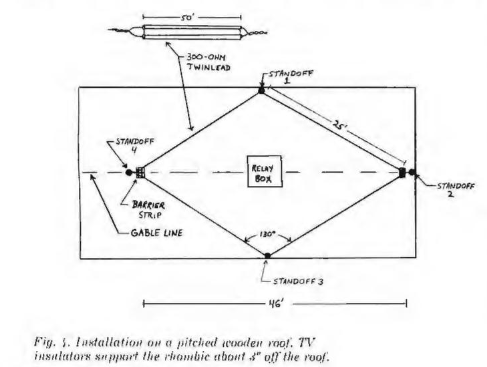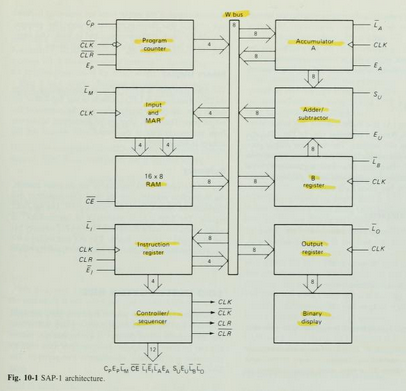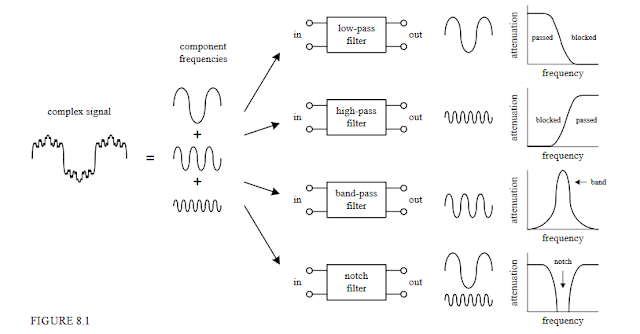There are hundreds of TV Antenna on the market — so how do you know which one to buy with good quality for long range distance home or house from TV stations? Antenna Handbook with decades of experience have spent months reviewing hundreds of Antennas to shortcut your shopping.
We picks for you 10 Best Outdoor TV Antenna 360° Omni-Directional Reception Long 100+ Miles Range.
Before you buy, we already summarize for you , the Omnidirectional TV Antenna criteria for Long range reception .
1. 360° coverage Omnidirectional in design
2. Signal Booster included, for Amplify and receiving small TV signal
3. 4G LTE Filter included
Best Omnidirectional TV antenna for Budget with price below $50
Receive signal from all directions, no need to rotate, no need the remote control as traditional huge outdoor antennas required to change the receiving direction for better signal. The receiving ability and materials are far better than Yagi antennas.
- Smartpass Amplifier Included
- Smartpass Amplifier Included
- 4G LTE Filter Included
- Reception Range : 50-65 miles
- Signal Booster Included
- Reception Range : 150 - 300 miles
- LTE800 Filter shields against interference from 4G mobile signals
ust because TV Antennas are functional items doesn't mean they can't look good! With its sleek look the SLx Digidome brings all the functionality of a larger outdoor antenna in a compact and modern design that won't clutter your roof-top or attic.
Say NO to cable TV and Huge Bills! Enjoy hundreds of FREE TOP-RATED HDTV programming forever with 2021 Strongest Amplified Digital HDTV Antenna; including ABC, CBS, NBC, PBS, Fox, Univision and more with Range Reception : 150 miles Up to 320 miles and Built in Amplified. This durable construction eliminates signal interference Powerful TV antenna with built-in amplifier can be used RV, camping, outdoor, indoor,and the new technology of cellular and FM signals can make the picture clearer.
With new type amplifier signal booster with built-in smart ic chip to picks up signals Up To 320 miles which provide added range and maximum signal reception for more channels even you are far away form broadcast towers
Best Omnidirectional TV Antenna for Medium Price $50 - $100
Receive UHF/VHF signals from all directions while providing clear 4K pictures, no need to rotate, no need the remote control as traditional huge outdoor antennas. 1byone Outdoor TV Antenna 360° Omni-Directional have exclusive Smart pass Amplifier technology allows switch On & Off to get Long & Short Range Reception
Allows you to boost signal right at the antenna, and removes interference and channel loss caused by 4G mobiles phone signals, making up for the signal loss from long cable runs and splitters. According to the signal range, the amplifier enlarges suitable multiples to ensure the coverage extension.
Up To 150+ Miles Range And Watch What You Want - This 150 mile range hdtv antennae enables you to watch local broadcast channels with high definition for FREE. resulting in clearer picture, low noise and access to more free broadcast TV signals.
Enjoy Clear HD Channels - This best quality model can receive free full HD channels like ABC, CBS, NBC, Fox and so much more. Receive your favorite channels without a monthly bill! Enjoy local news, weather, sitcoms, kids and sports programming with no monthly contract and save around USD 1020 annually.












































